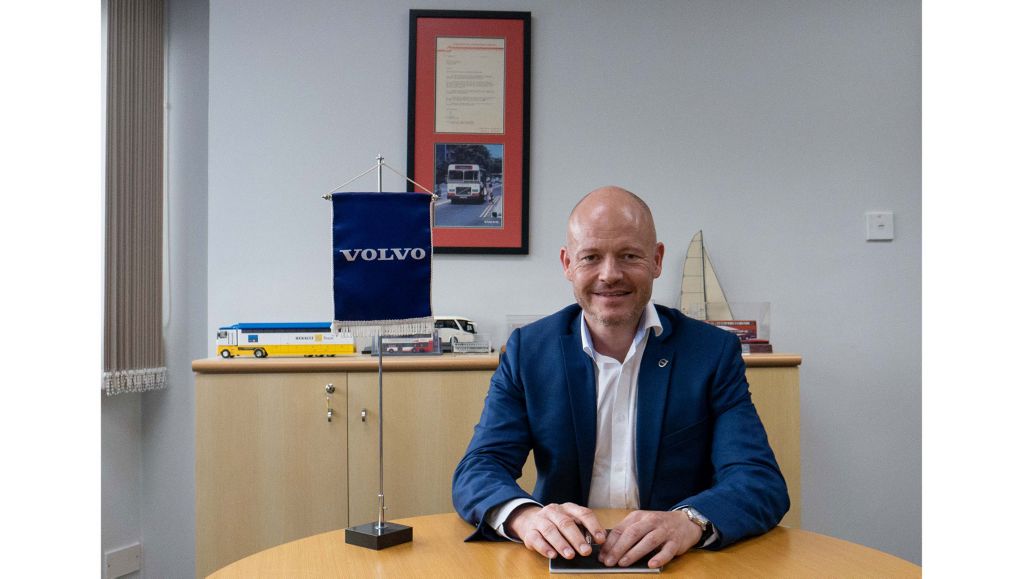Within the region that is under his purvey, there are countries at different levels of maturity, size and with different types of challenges. Singapore, obviously, is highly developed, whereas other countries are more of a greenfield in terms of bus-usage. “Take Indonesia for instance; the population grows by about five million every year and all the people need transportation.” The Trans-Java highway for example, Mats said that these new mega-roads are also playing into the hands of the brand. European buses, as compared to the Asian makes, have bigger engines, are safer, more comfortable and higher in specifications. This would, according to him, be beneficial on long distance travel where the vehicle operates for extended hours and longer time at higher speed. Mats is pleased to know that this has created high demand for the products and solutions that Volvo offers.
Volvo, being a global manufacturer, is proud to provide products and solutions that meet the needs of every country in the world. However, Mats also mentioned that the company will not simply create new models to fit into every single market segment. “In principle, we believe very much in the efficiency and effectiveness of Mass Transit solution. Accordingly, we think that the 12 to 18 meters buses, including the articulated ones, are what we are good at and are what we will stick to.”
Looking at the ASEAN Economic Community, Mats sees great potential. Joining forces, in his view, will enable the trade block to respond better to the current global economic climate. In addition, a unification of the markets would allow for greater economies of scale.
Autonomous vehicles are on everyone’s mind and Mats addressed this topic. Citing the telecom industry, where some producers, such as Nokia, maintained that mobile phones would have to remain looking and working in a certain way, was caught by surprise when the market switched to new technologies i.e. smart phones. “When it comes to autonomous vehicles, we may not see such radical development happening on public roads; however, in confined areas we already see the involvement of some applications.” While NTU in Singapore is operating Volvo Electric autonomous buses, there is still a long way to go before these vehicles become commonplace.
Transportation is also based on city development and government policy. When decision for a BRT is made, dedicated lanes are ideally possible to create, thus reducing space for individual vehicles. Should the city then opt for full electric buses, the cost per vehicle may be higher and as a result, less buses may be put onto the BRT. If there are not enough buses, the BRT system will fail. The question is then what makes most sense, which technology is most suitable and which trade-offs have to be made. In this context, he said that electrification of transport is set to grow, but there needs to be more development in terms of energy efficiency and consideration for the full well-to-wheel environmental impact. “Today, it is my firm belief that clean diesel, Euro6 hybrids are a very good compromise because the hybrids guarantee an ample range, consume less fuel, generate less emission and create less noise and are independent from a charging infrastructure.”
“With an economic growth of around five percent in the region, it is great to be back in Asia. Seeing how we are excited about half a percent GDP growth in Europe, I think we have a lot to do and many opportunities to seize here,” Mats concluded.

